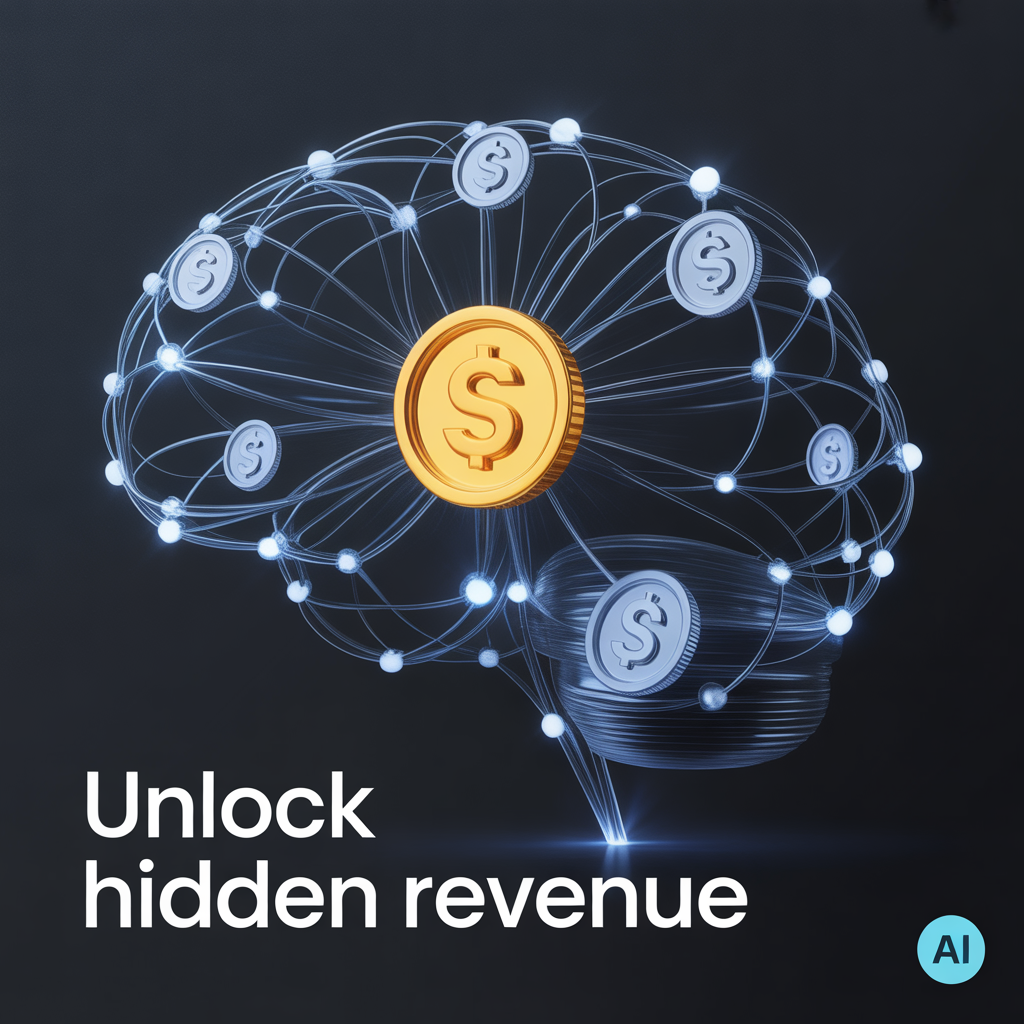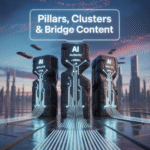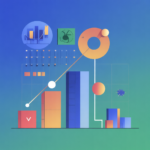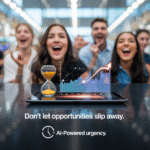How to Use AI to Find Your Next Winning Bonus or Upsell
Most marketers slap a bonus on a product because they feel like they have to. They grab a checklist, a swipe file, or some repurposed PLR and call it done.
Then they wonder why it didn’t increase conversions.
It’s not that the bonus was bad. It’s that it had nothing to do with the real hesitation your buyer had in the first place.
If AI were choosing your next bonus or upsell, it wouldn’t start with content. It would start with psychology.
The fastest way to find your next winning bonus or upsell is to stop guessing what would be “nice to include” and start pinpointing what would remove friction.
That’s what a bonus or upsell is supposed to do. It’s not just extra value. It’s conversion fuel.
AI helps you find what buyers are missing, hesitating about, or needing next. Then it helps you build the thing that answers that.
Start with your main offer. Drop it into your AI with this prompt:
“Analyze this offer. What’s the most likely objection someone would have to buying it?”
The answer might surprise you. It won’t be about price. It’ll be about confidence, overwhelm, skepticism, or time.
That’s what you want to neutralize with your bonus or upsell.
Next, ask AI:
“What kind of bonus would remove this objection and increase conversions for the main offer?”
If your course is about email marketing, the bonus might not be more email templates. It might be a 14-day email planner to build the habit.
Or a behind-the-scenes video showing how you write. If the product is about AI tools, the bonus might not be more prompts.
It might be a decision guide on which tools to use when. It’s not always about more. It’s about what’s missing.
You can also reverse engineer winning bonuses by prompting:
“Give me 10 examples of bonuses that increase conversions by reducing friction. Base them on the emotional objections a solo marketer might have.”
You’ll get things like fast-start maps, tech tutorials, decision trees, swipe stacks, cheat sheets, and commitment-free preview lessons.
Use the structure, not just the ideas.
Let’s say your product is a $27 lead magnet system. AI might suggest that your buyer hesitates because they don’t know what topic to pick.
So you build a bonus called “The Niche Clarity Sprint – 5 Fast Prompts to Pick a Profitable Lead Magnet Idea in 15 Minutes.”
Now the bonus makes the main offer feel easier. That’s how you pick a winner.
Now let’s talk upsells. These aren’t just bigger versions of the front-end product. A good upsell is about two things—speed and support.
Either it gets them results faster, or it makes them feel less alone.
Ask AI:
“What’s the next logical step someone would need after completing this product?”
If the answer is implementation, your upsell could be a Trello board, automation planner, or accountability challenge.
If it’s skill depth, the upsell could be a workshop or advanced version.
AI can even help you price it.
Prompt:
“Based on this front-end product and this upsell idea, suggest a price point that feels like a no-brainer upgrade for the buyer.”
It’ll consider the perceived value and help you avoid both underpricing and overkill. That alone can fix a conversion gap most marketers never realize exists.
Want to make your upsell irresistible? Run this:
“Rewrite this upsell pitch so it feels like an essential companion to the main offer. Avoid hype. Focus on emotional relief and fast wins.”
You’ll get pitch copy that doesn’t sound like a hard sell. It’ll just feel obvious.
Still stuck? Use AI to impersonate your customer.
Prompt:
“You just bought this product. What are you still unsure about? What’s the next thing you’re hoping it helps with?”
These answers give you your bonus and upsell angles on a silver platter. You’re not creating random extras. You’re completing the experience.
You can even train AI on your past product line. Feed it a few descriptions and ask:
“Based on my past products, what themes or gaps should I consider filling with future bonuses or upsells?”
This is how you build a funnel that flows, not just a pile of disconnected files.
Some of the strongest prompts come from reframing. Try:
“If someone bought this product and didn’t get results, what would they say the reason was? How can I create a bonus that eliminates that reason?”
Or:
“What would make this product feel complete but still leave room for a paid upsell?”
If you want examples, AI can pull those too. Try:
“Give me 10 bonus and upsell ideas based on popular digital product bundles in the online marketing space. Focus on what made them high-converting.”
Don’t copy them. Decode the pattern. Then rebuild it around your own content.
Let’s say your product is a challenge. Ask AI:
“What bonus would increase signups by removing fear or overwhelm?”
It might suggest a preparation kit, mindset audio, or behind-the-scenes walkthrough.
Ask:
“What upsell would feel like a must-have for someone who wants to win this challenge?”
The answer might be one-on-one feedback, a leaderboard incentive, or a follow-up sprint.
The real win is using AI to match your buyer’s next emotional need—not your content library. That’s the mistake most marketers make.
They look at what they have lying around and try to wedge it in as a bonus. AI helps you build backwards from what your buyer still lacks.
Every piece of content should do one of three things. Lower friction. Increase belief. Or increase urgency. Your bonus should remove the roadblocks.
Your upsell should build momentum. AI lets you isolate where those shifts need to happen and how to package them without guessing.
You can even ask AI to score your ideas.
Prompt:
“Here are three bonus ideas for this product. Score each one for emotional pull, perceived value, and how well it supports the main offer.”
Then refine the best one with:
“Improve this bonus idea to make it more urgent, useful, and specific to the buyer’s biggest hesitation.”
Don’t overlook naming, either. Your upsell shouldn’t sound like “Advanced Version.”
Prompt:
“Name this upsell with language that makes it feel like a fast-track or exclusive path to better results.”
You’ll get options like “Conversion Fastlane,” “Done-for-You Companion,” or “Zero-Guesswork Upgrade.” They tell the buyer it’s not more of the same.
It’s the bridge to what they really want.
The best part is how fast this process becomes. In an hour, you can go from zero ideas to a fully mapped bonus and upsell strategy—plus the prompts to write them.
What used to take a team now takes one person and five well-phrased prompts.
Stop seeing bonuses and upsells as extras. They’re tools. Tools that remove doubt, speed up wins, and make your offer stickier. AI doesn’t just help you think of more. It helps you think of the right thing at the right moment for the right buyer.
If you’ve been shipping front-end products that get clicks but not upgrades, it’s not your content. It’s the gap between what people want and what they still need after they buy. Use AI to find that gap, and your next bonus or upsell won’t just look good. It’ll convert better than anything you’ve tried before.










0 Comments